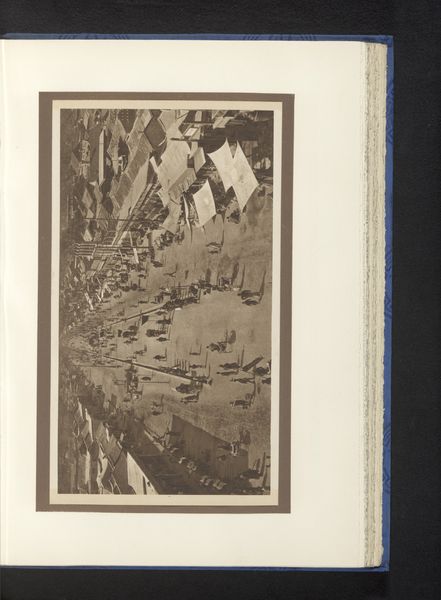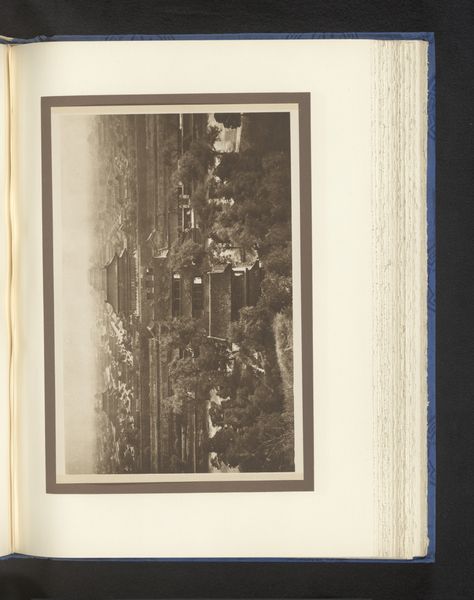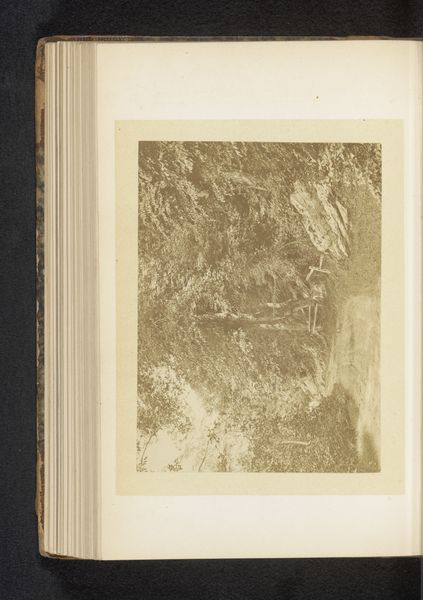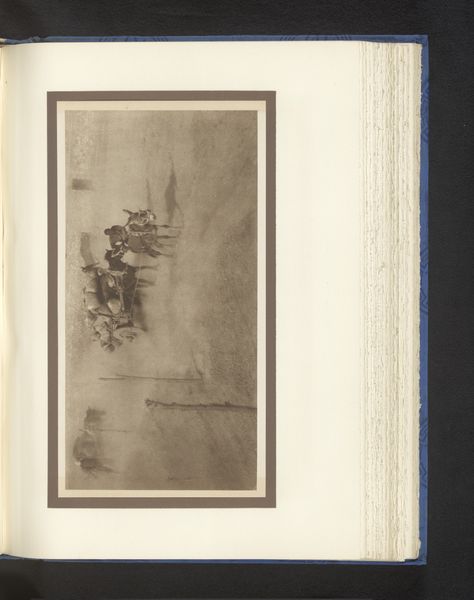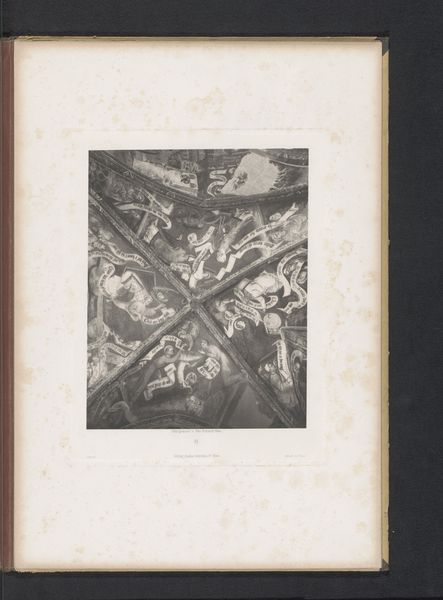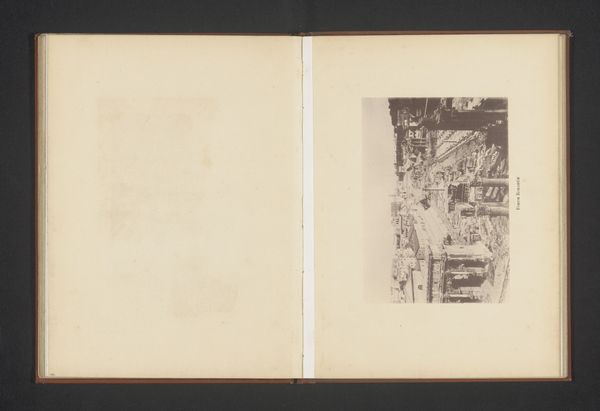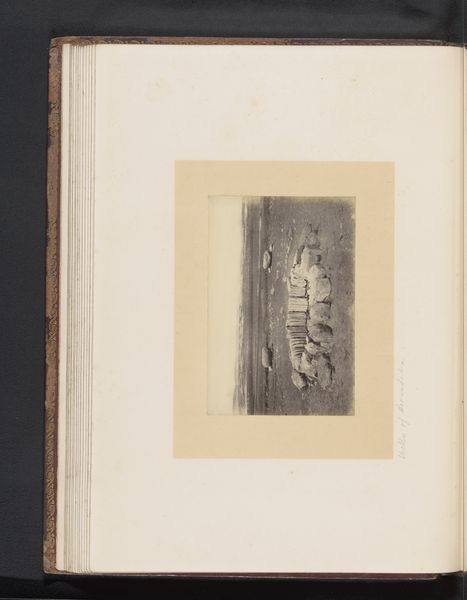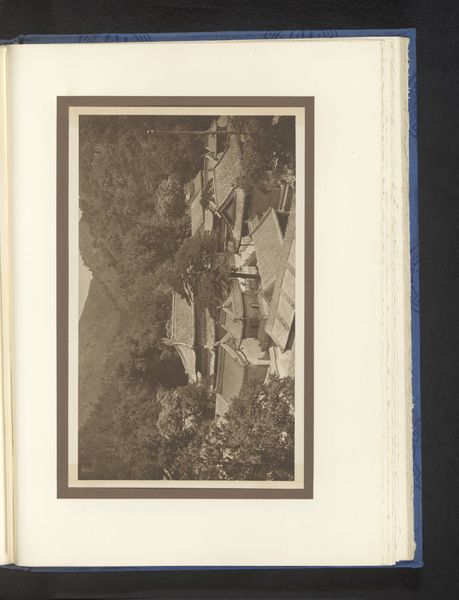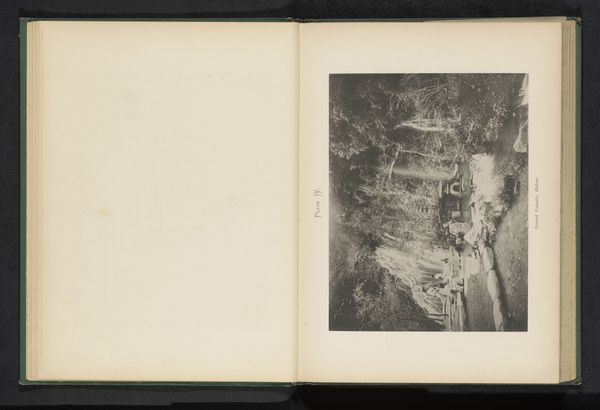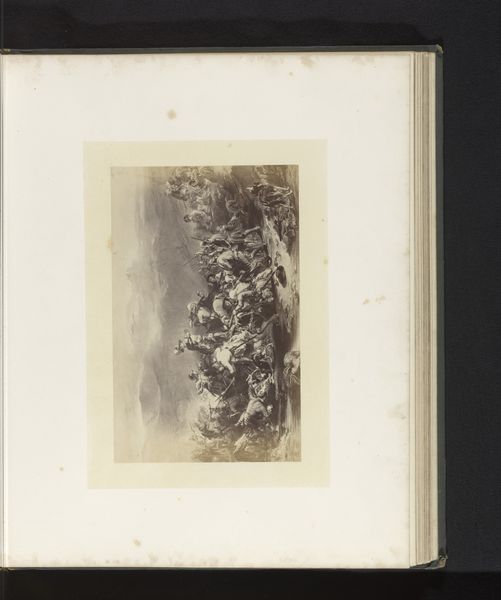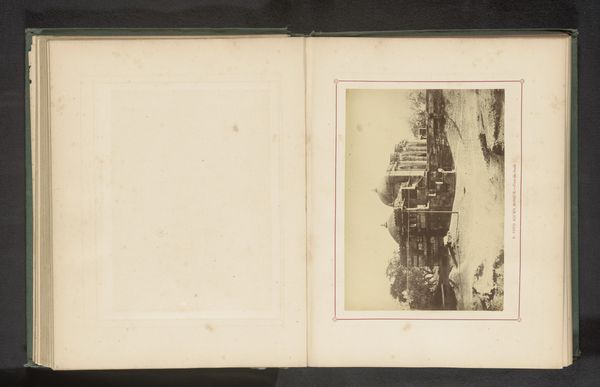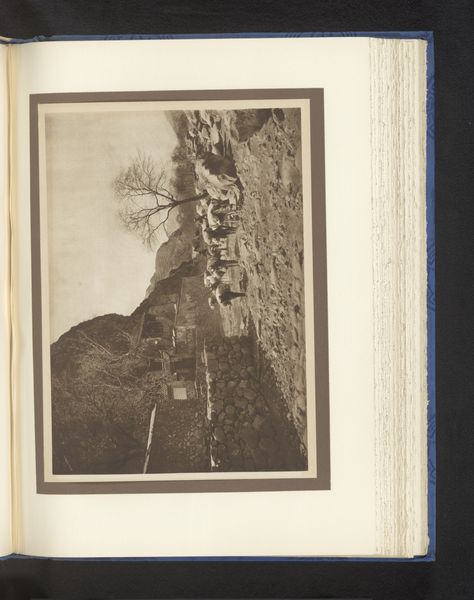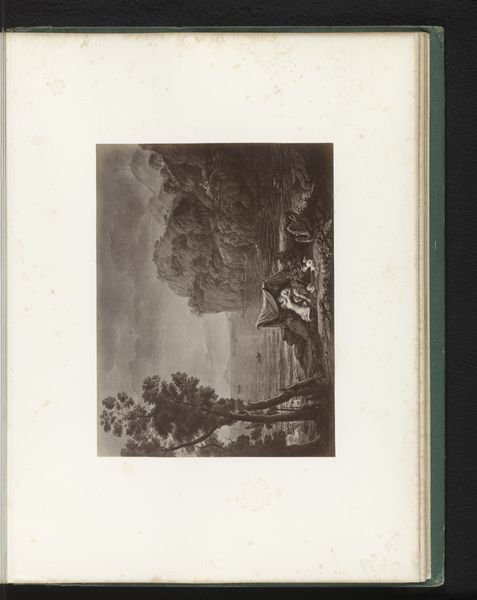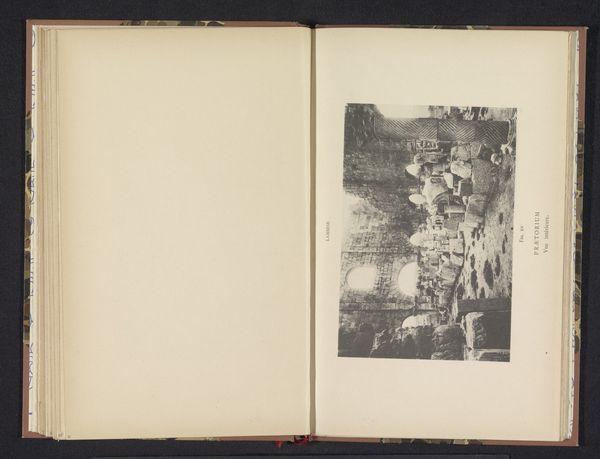
print, photography
# print
#
photography
#
orientalism
#
street
Dimensions: height 218 mm, width 237 mm
Copyright: Rijks Museum: Open Domain
Curator: This photograph, entitled "Straatgezicht te Peking", offers us a glimpse into the streets of Beijing before 1920, captured by Donald Mennie. It's quite evocative, isn't it? Editor: Immediately, the atmosphere strikes me – a stillness, almost dreamlike quality, pervades the scene despite it clearly being a bustling street. It’s the tonal range, that soft greyscale, that creates that feeling. Curator: Indeed. And it speaks to a certain fascination with the "Orient," common amongst Western photographers of that period, attempting to capture, perhaps even exoticize, the daily lives of people in China. What symbols do you observe? Editor: Power lines crisscross the frame, an interesting intrusion of modern technology into this otherwise traditional streetscape. It's like a visual representation of colliding worlds, a theme quite characteristic of the colonial era. It tells its own story about the rapid changes of the period. Curator: That intersection of technology and tradition, visually represented, is intriguing. Mennie clearly chose to highlight the blending—or perhaps, the clash—of these worlds. I wonder if the choice of printing, as a photo book rather than loose leaf, reinforced his presentation. It's less about reportage and more of an authored, cohesive, presentation, carefully constructing an image of a distant land for Western consumption. Editor: The street itself, with its buildings almost leaning into each other, seems to represent a community pressed together, close-knit. It invites an anthropologist question: what kind of relationship did locals actually have with these imposing, almost oppressive new technologies brought in by outside forces? Did they feel intruded upon, or incorporated into progress? Curator: A compelling point. The very composition almost hints at a looming, inevitable imposition. The photo provides us with an instance in visual time, representative of cross-cultural communication in the period. What can photography tell us about our current period of hyperglobalization? Editor: It's a reminder that images always mediate, constructing and sometimes, exploiting cultural narratives. Looking back, these old photographs invite us to re-examine our assumptions and appreciate the complicated layers of cultural exchange. Curator: Absolutely. This glimpse into Beijing’s past compels us to reflect not just on history, but the ongoing dialogues that define our interconnected world.
Comments
No comments
Be the first to comment and join the conversation on the ultimate creative platform.
